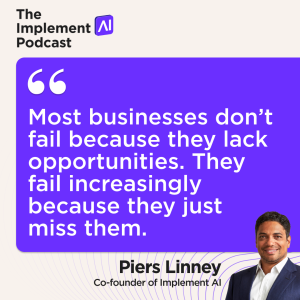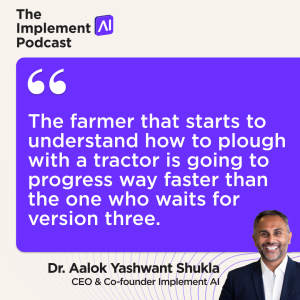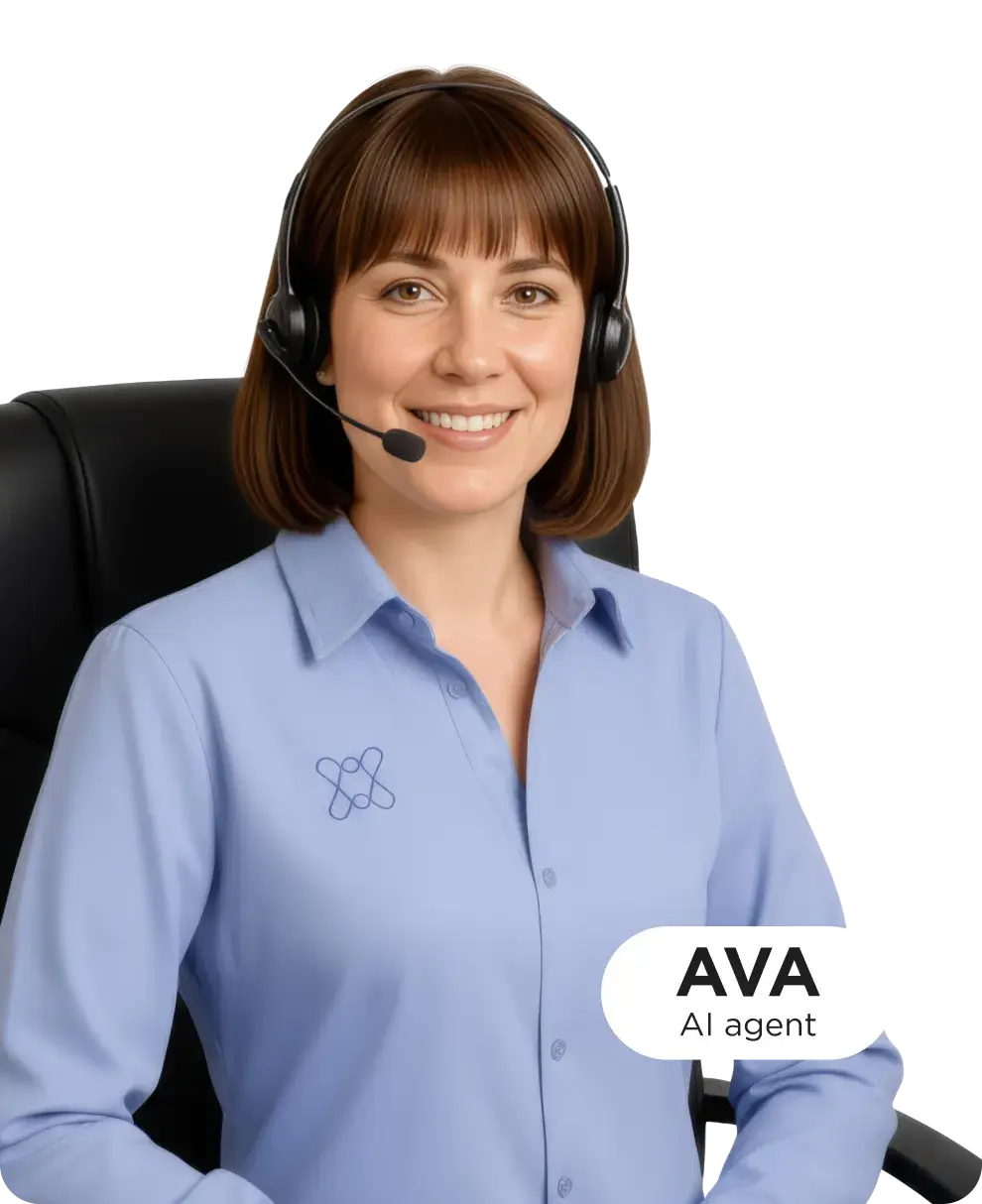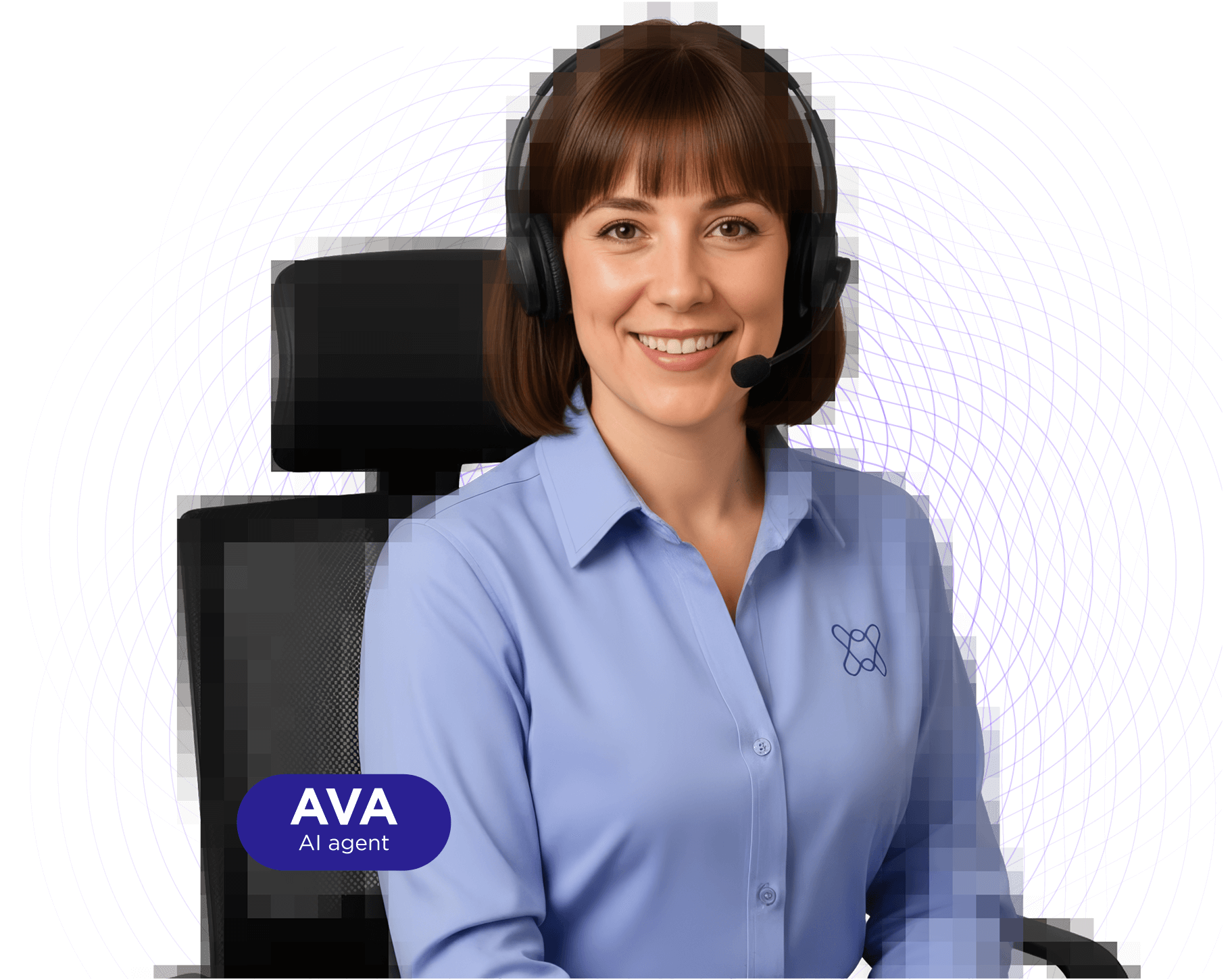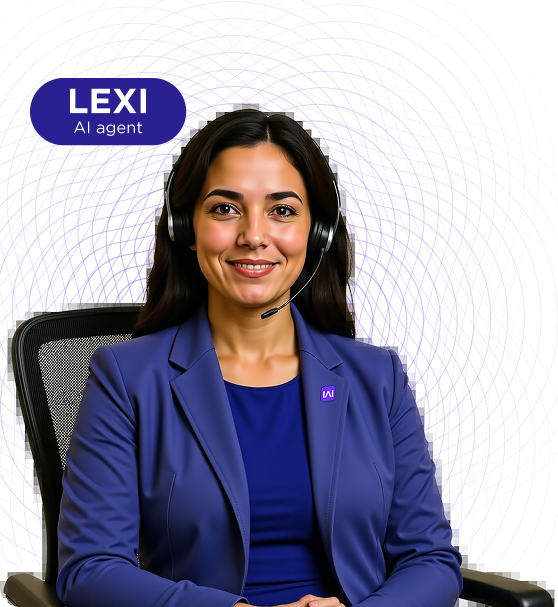The Implement AI Podcast #68 – The Three Pillars of AI Success and the Pathway to Scale
November 18, 2025
What if the biggest problem in business isn’t opportunity, but missed opportunity?
In this episode of The Implement AI Podcast, we (Piers Linney and Dr. Aalok Y. Shukla) introduce the Three-Pillar Impact framework which are revenue acceleration, capacity multiplication, and experience transformation and show how businesses can capture value today rather than waiting for the “next version” of AI.
We also unveil AIOS (the AI Operating System), a digital workforce in a box that replaces scattered, single-task bots with integrated teams of agents, and share the ABCDE pathway for scaling from simple, low-risk wins to advanced, evolving digital workers.
The Three-Pillar Impact Framework
Most businesses don’t fail because they lack ideas or opportunities. They fail because they don’t act quickly enough to capture them.
That’s where the Three-Pillar Impact framework comes in:
- Revenue Acceleration – AI workers that respond instantly to new leads, reactivate dormant pipelines, and recover missed opportunities in sales calls and emails.
- Capacity Multiplication – scaling support and customer success without endless headcount, with AI covering FAQs, out-of-hours enquiries, and multilingual support.
- Experience Transformation – moving from generic journeys to personalised, “newsletter-of-one” experiences that adapt to each customer’s context.
As Piers explained:
“Most businesses don’t fail because they lack opportunities. They fail increasingly because they just miss them. You’re leaving value and money and margin and happy customers on the table where you no longer need to.”
Why Missed Opportunities Are Everywhere
Think of a Friday evening lead form that doesn’t get a call back until Monday morning. Or a year’s worth of unreviewed customer emails. Or a support phone that rings unanswered at weekends.
Each of these is revenue left behind.
With AI agents, none of it needs to be.
Dr Aalok Shukla described how AI workers can:
- Call back a prospect instantly, qualify them, and even schedule a Monday meeting.
- Analyse emails and calls to flag missed sales opportunities for human teams.
- Reactivate dormant customers with personalised outreach, not just generic blasts.
The point is clear: AI can recover value businesses already paid to create.
Meet AIOS: A Digital Workforce in a Box
Most companies think of AI as a single agent, one chatbot, one FAQ bot, one automation script. But AIOS changes the game.
Instead of single-task bots, AIOS builds departments of digital workers:
- Sales floors with inbound responders, follow-up coordinators, and reactivation agents.
- Support teams handling 24/7 queries, ticket routing, and multilingual coverage.
- Analyst teams that mine data, spot missed opportunities, and deliver insights.
- Automation specialists that log into legacy systems, push updates, and orchestrate workflows across 600+ integrations.
As Piers put it:
“It’s not a single agent. It’s a team of agents. Hence why my mug says I’m an AI team supervisor. Most companies are selling you one agent. We can create departments.”
AIOS isn’t priced per seat or per bot. It’s designed to scale as a workforce, delivering ROI whether you start with one digital worker or a whole department.
The ABCDE Pathway: From Quick Wins to Advanced Agents
Just like human employees, digital workers evolve over time. But unlike humans, they learn and scale far faster.
That’s why we created the ABCDE pathway:
A – Access: connect agents to the right systems.
B – Basic function: handle simple, defined tasks reliably.
C – Complex integration: link into CRMs, calendars, and legacy platforms.
D – Data intelligence: generate insights, reports, and trigger smart actions.
E – Evolution: continuously learn, adapt, and personalise.
The key is starting with clean, simple use cases at A and B, not messy, over-engineered ones.
As Aalok explained:
“Having four agents set up as A and B is going to give you a greater impact in your business than one agent going all the way to E. Start with the standard agents, prove the value, and then graduate to advanced agents over time.”
And Piers added a reminder about timing:
“AI today is the worst it’s ever going to be.”
The Tractor Analogy: Why Waiting Is Risky
One of the most striking parts of this episode is Aalok’s analogy:
“Imagine two types of farmers. One farmer’s been ploughing his fields manually with horses. The other starts learning how to plough with a tractor. By the time version three of the tractor comes out, that farmer has already been ploughing fields at scale.”
The lesson?
If you wait for the perfect tool, you’ll be left behind by those already learning, iterating, and scaling.
Final Thoughts
Episode 68 isn’t about abstract theories. It’s about practical steps every business can take now:
- Use the Three-Pillar Impact framework to unlock revenue, capacity, and experience.
- Stop leaving money on the table, let AI recover the opportunities your team misses.
- Build coordinated teams of digital workers with AIOS, not fragile one-off bots.
- Start small with A and B agents, then scale into C, D, and E as confidence and ROI grow.
The message is clear:
Don’t wait for “version three.”
Don’t overcomplicate your first deployment.
Don’t underestimate the revenue you’re already losing.
Build your digital workforce today, because in three years, the gap between AI-first and AI-late businesses will be impossible to close.
🎧 Listen to the full episode now:
Apple: https://bit.ly/3KtynPJ
Spotify: https://bit.ly/48EVKQm
YouTube: https://bit.ly/4pO1sWm
And if you want to see AIOS in action, join us at the Festival of Entrepreneurs on 8 October or at the Finance Forum, where Piers will be delivering a keynote.

